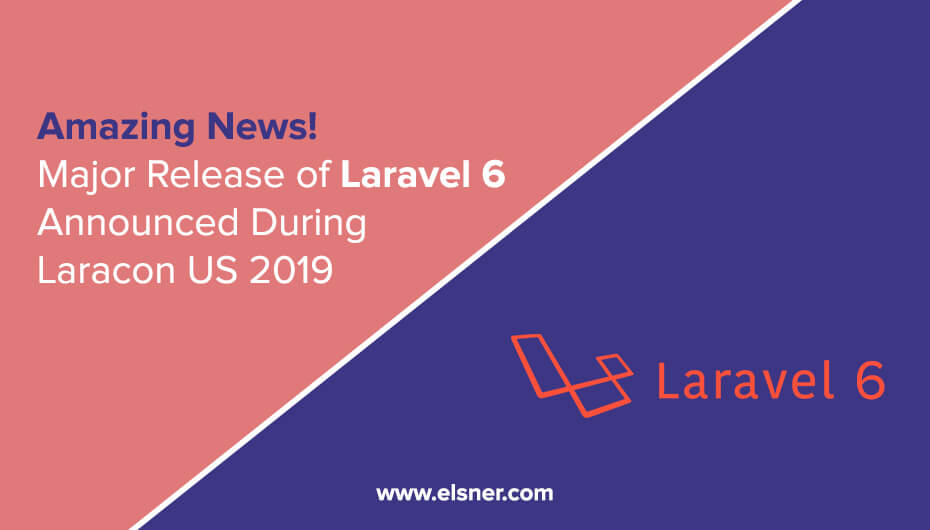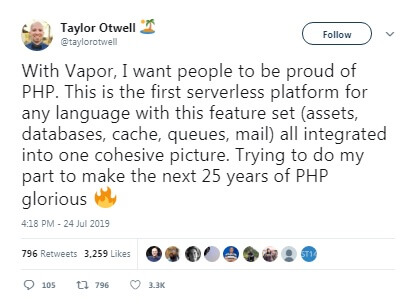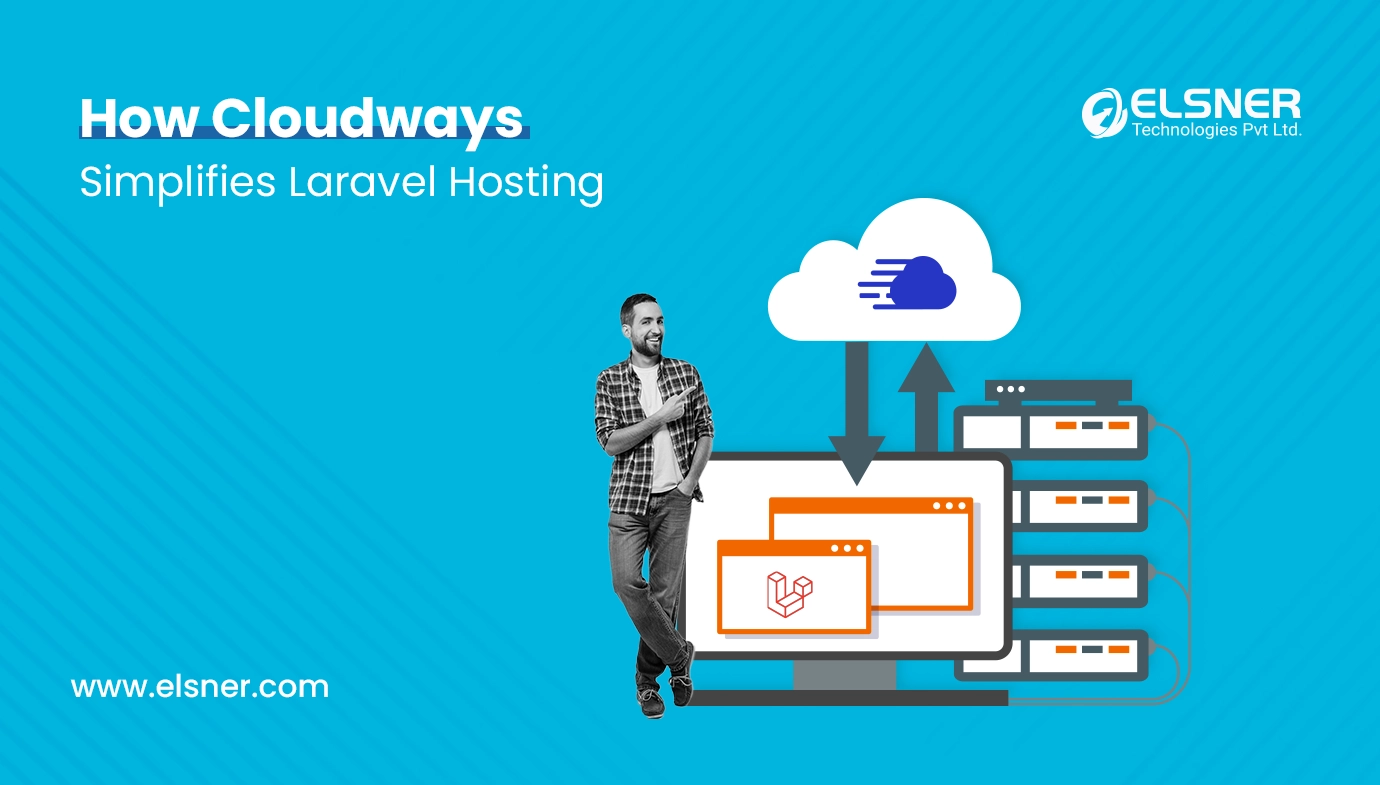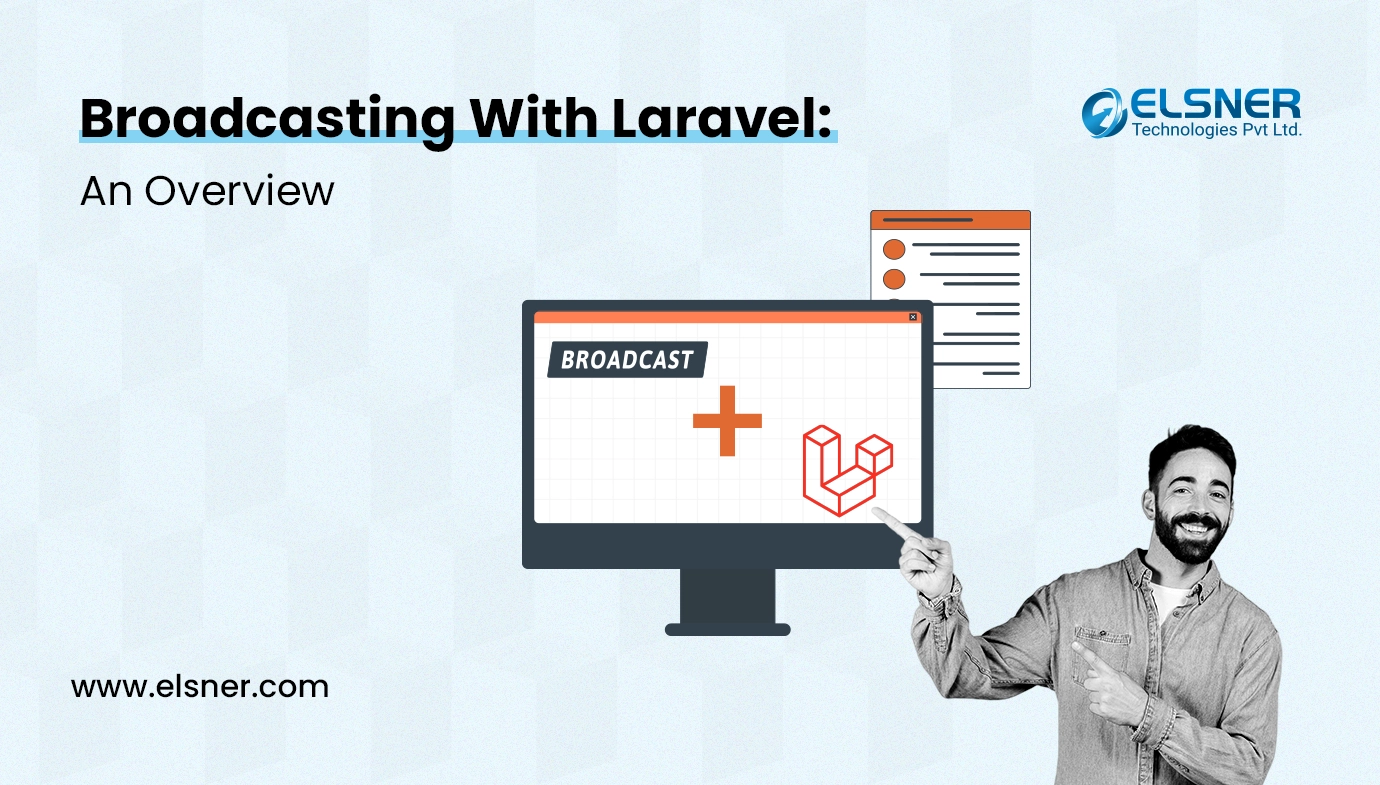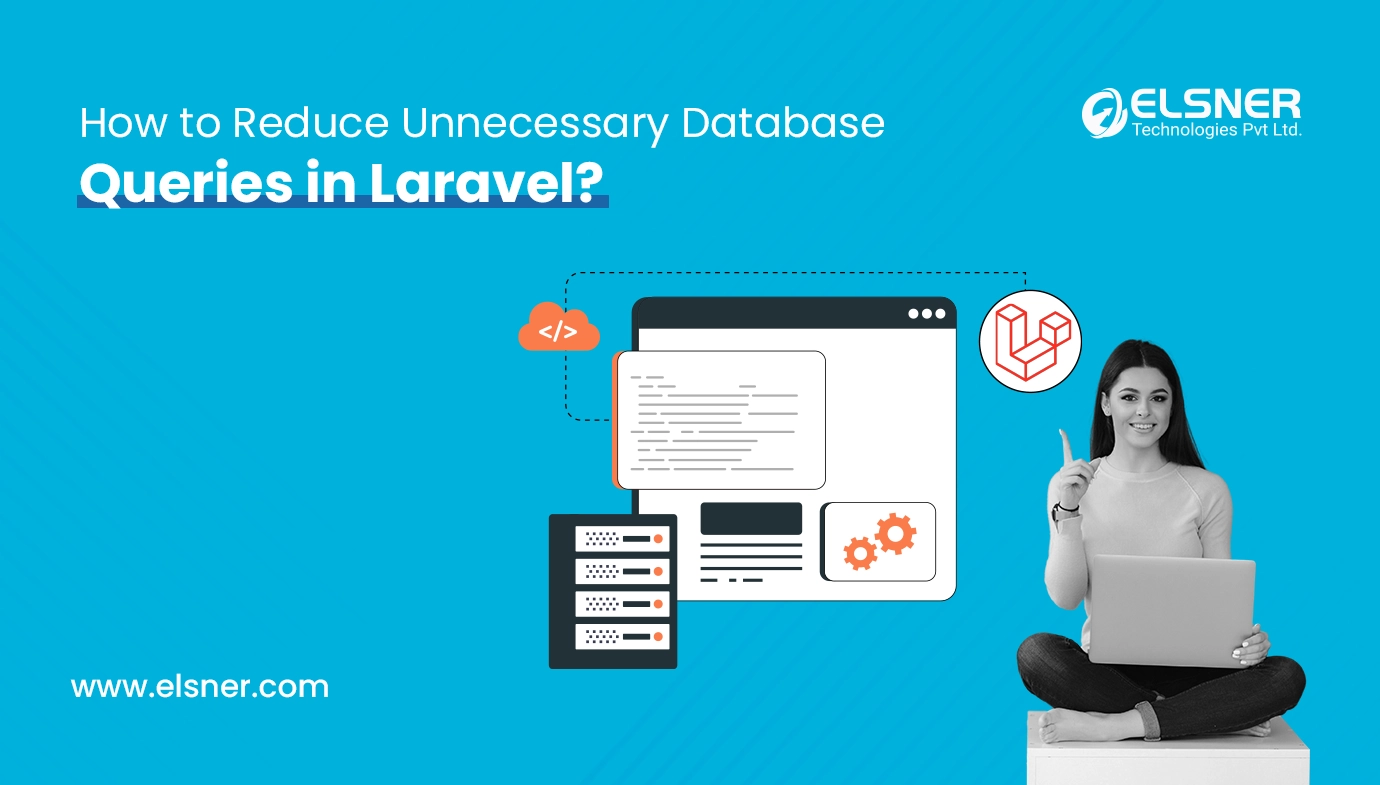The two-day long event – Laravel US 2019 took place at Times Square, NYC from July 24th and 25th. It was probably one of the biggest Laravel conferences that took place about a week ago.
Tylor Otwell, its creator, commenced the event by announcing the next big thing in Laravel technology by unveiling Laravel 6. He further stated that the project’s working title would be Laravel Vapor, comprehensive serverless management, and deployment dashboard for PHP/Laravel. To take advantage of this breakthrough technology, get in touch with a Laravel development company and avail their ingenious Laravel development services.
The event was an invitation to people who are passionate about this ingenious technology which can be employed to create applications. There was a lot of talk about this open-source PHP web framework. Evan You, the creator of Vue was already there in the event. He spoke about the new things that are going to be there in Vue.js 3.0. Even Caleb Porzio, a developer at Tighten Co., was present who spoken about a Laravel framework called Livewire.
The fantastic thing about this framework is that it assists in developing dynamic user interfaces with the help of vanilla PHP. Keith Damiani, a Principal Programmer at Tighten, briefed on graph database use cases.
Now, let’s talk about the past versions of Laravel. Since its introduction, Laravel has adopted a custom versioning system. It has been four years since it has been on the 5.x release version. At present, the team has opted for a semantic versioning system.
The current framework stands at 5.8. Now, instead of naming the new release 5.9, they have decided to call it Laravel 6.0 which will be released next month.
The objective behind this release is to bring more consistency to the ecosystem. The reason is, that all the alternative Laravel components like Dusk, Socialite, Cashier, Valet employ semantic versioning. Although this is not a piece of bad news for developers. If you think that they will have to make significant changes or rewrite their stuff, then you are wrong. But, it also means that in case there is a considerable change necessitating a new version, it would be called 7.0.
Laravel has always been an initiator to come up with a brand new look for every release. It always comes up with updated logos to a redesigned website. In Laravel 6, a brand-new logo has been integrated with a new website. The site is easy to navigate and provides a great reading experience for developers by offering improved documentation.
Once Otwell had given a brief about Laravel 6, he diverted his attention to a new project known as Laravel Vapor. It provides effortless VPS management. It is apt for small and medium projects.
But, it is not short of limitations. It consists of very few features that can help develop more significant projects like autoscaling. Developers need to constantly keep an eye on the operating systems and PHP versions for new updates.
The developers have to constantly check whether the operating systems and PHP versions need to be updated.
To address all these concerns, Otwell created the deployment platform.
Let’s now focus on the advantages of Laravel Vapor:
An Improvised Scalability
Laravel Vapor has the capability to handle more than half a million requests which can be processed with an average response time of 12 minutes.
Encourages Collaboration
Vapor consists of teams. It is possible to create as many teams as possible by just spending on one plan.
Comprehensive Control
It provides comprehensive control to you over the activities every team member performs. It is possible to set the different things that you can do with all the resources managed by Vapor.
A “Vanity URL” for distinct environments
With the help of Vapor, it is possible to get access to a “vanity URL.” With its help, it is possible to instantly get access to applications with a premium domain to be shared amongst co-workers until you assign a custom domain.
Access to Different Environment Metrics
Vapor provides access to different environment metrics that can give a glimpse of an application environment. With the help of these metrics, it is possible to decipher the number of HTTP requests received by the application in 24 hours, the different CLI invocations, the average duration of those things, the amount charged on lambda, etc.
Review and Search Recent Logs
With the help of vapor, it is possible to review and search your recent logs from the Vapor UI. The new entry gets auto-updated in the log.
Databases
There are two types of databases in vapor: fixed-size database and server less database. In the fixed-size database, you need to pick the specifications like RAM, VCPU, etc. The other database is server less which means that there is no need to opt for any specifications. It is done on an automatic basis as per the requirements.
Ability to Create Redis Clusters
It is possible to create Redis clusters with the help of Vapor UI, getting as many nodes as possible. You can create and manage elastic Redis cache clusters without experiencing any downtime. Attach them to your team’s project and use them with multiple projects on a simultaneous basis.

About Author
Tarun Bansal - Technical Head
Tarun is a technology enthusiast with a flair for solving complex challenges. His technical expertise and deep knowledge of emerging trends have made him a go-to person for strategic tech initiatives. Passionate about innovation, Tarun continuously explores new ways to drive efficiency and performance in every project he undertakes.

